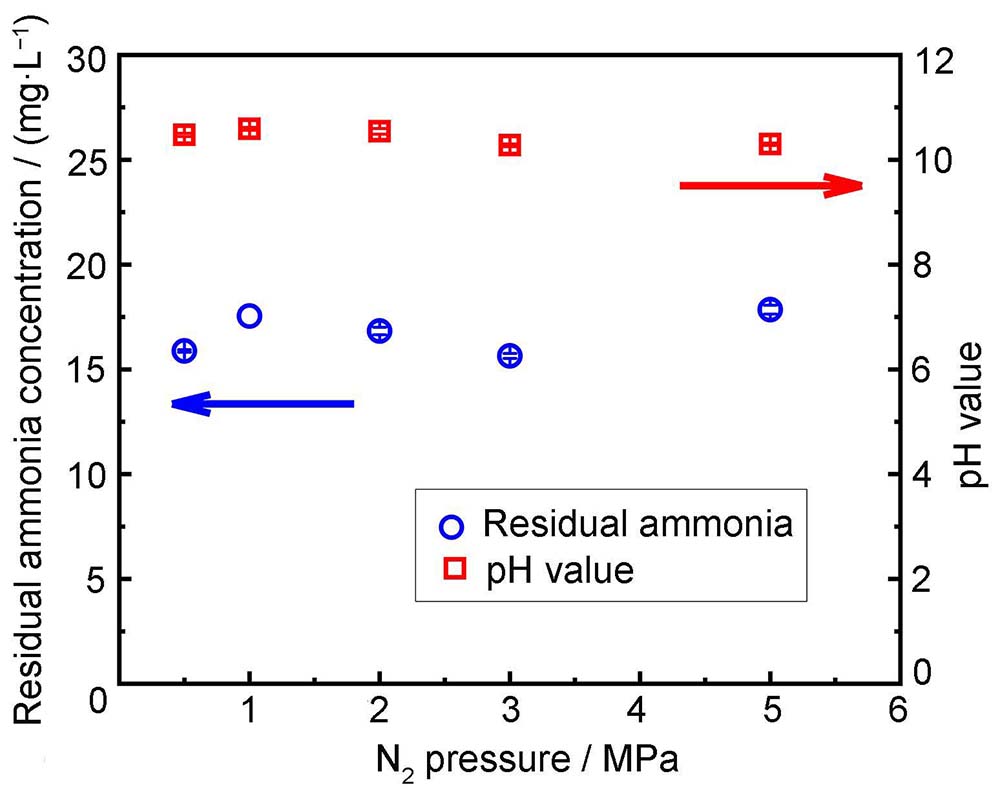Zifang GUO, Yang ZHANG, Yifan LI, Zijian LIN, Chunyu LIU, Peng LIN, Mingzhang LIN. γ-Radiolysis of the aqueous ammonia solution saturated by N2[J]. Journal of Radiation Research and Radiation Processing, 2024, 42(1): 010204
Search by keywords or author
Journals >Journal of Radiation Research and Radiation Processing >Volume 42 >Issue 1 >Page 010204 > Article
- Journal of Radiation Research and Radiation Processing
- Vol. 42, Issue 1, 010204 (2024)
Note: This section is automatically generated by AI . The website and platform operators shall not be liable for any commercial or legal consequences arising from your use of AI generated content on this website. Please be aware of this.
Abstract

Set citation alerts for the article
Please enter your email address


 AI Video Guide
AI Video Guide  AI Picture Guide
AI Picture Guide AI One Sentence
AI One Sentence


